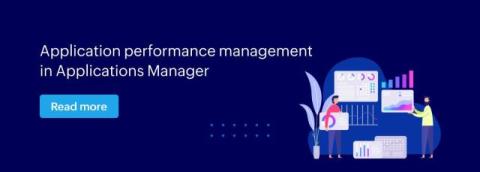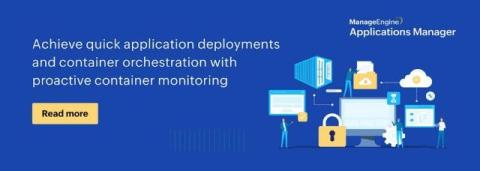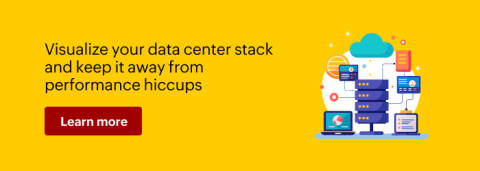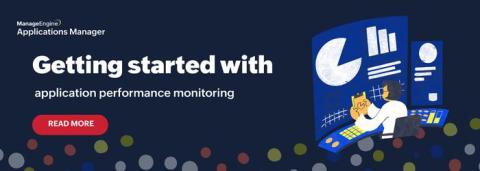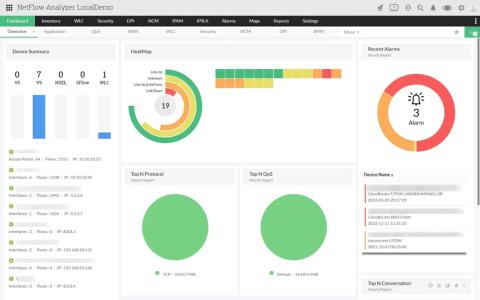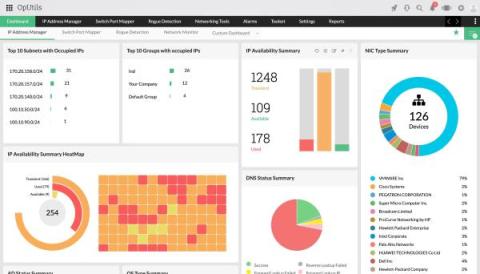Five worthy reads: Hyperautomation revolution-Harnessing the power for business success in 2024
Five worthy reads is a regular column on five noteworthy items we’ve discovered while researching trending and timeless topics. This week we are exploring the concept of hyperautomation and its role in driving your business towards success. In today’s dynamic business landscape, organizations are witnessing a profound shift as they redefine their operational strategies.



